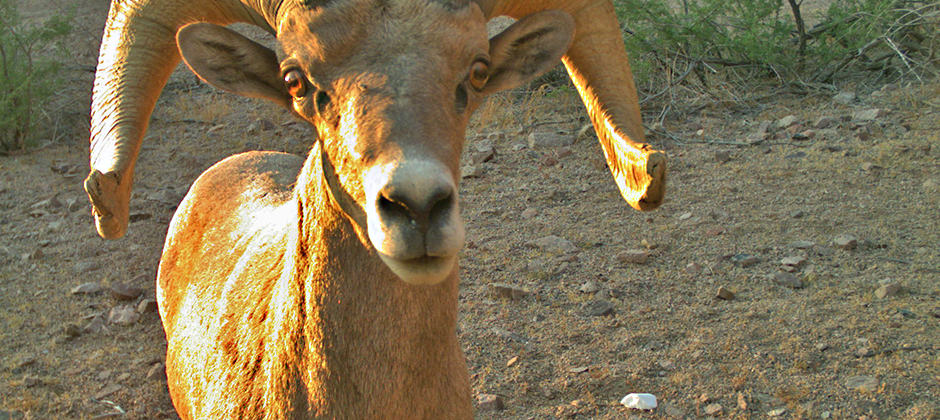Share this article
Wild Cam: JWM study shows troughs aid desert animals
Water troughs are giving thirsty animals an oasis in the midst of the desert, according to new research.
Wildlife managers have long made use of artificial water catchments in the Mojave Desert in an effort to boost populations of keystone species like desert bighorn sheep (Ovis canadensis nelsoni) and other game species.
“They are an important management feature on the landscape,” said Lindsey Rich, senior environmental scientist at California Department of Fish and Wildlife and the lead author of a study published recently in the Journal of Wildlife Management.
But researchers didn’t know whether these traps actually helped to boost wildlife populations, so Rich and her co-authors used camera traps and acoustic surveys to find out. For our latest Wild Cam feature, we’ve picked a few shots of wildlife taken at the artificial water catchments to highlight the study’s findings. All photos are credited to the California Department of Fish and Wildlife.
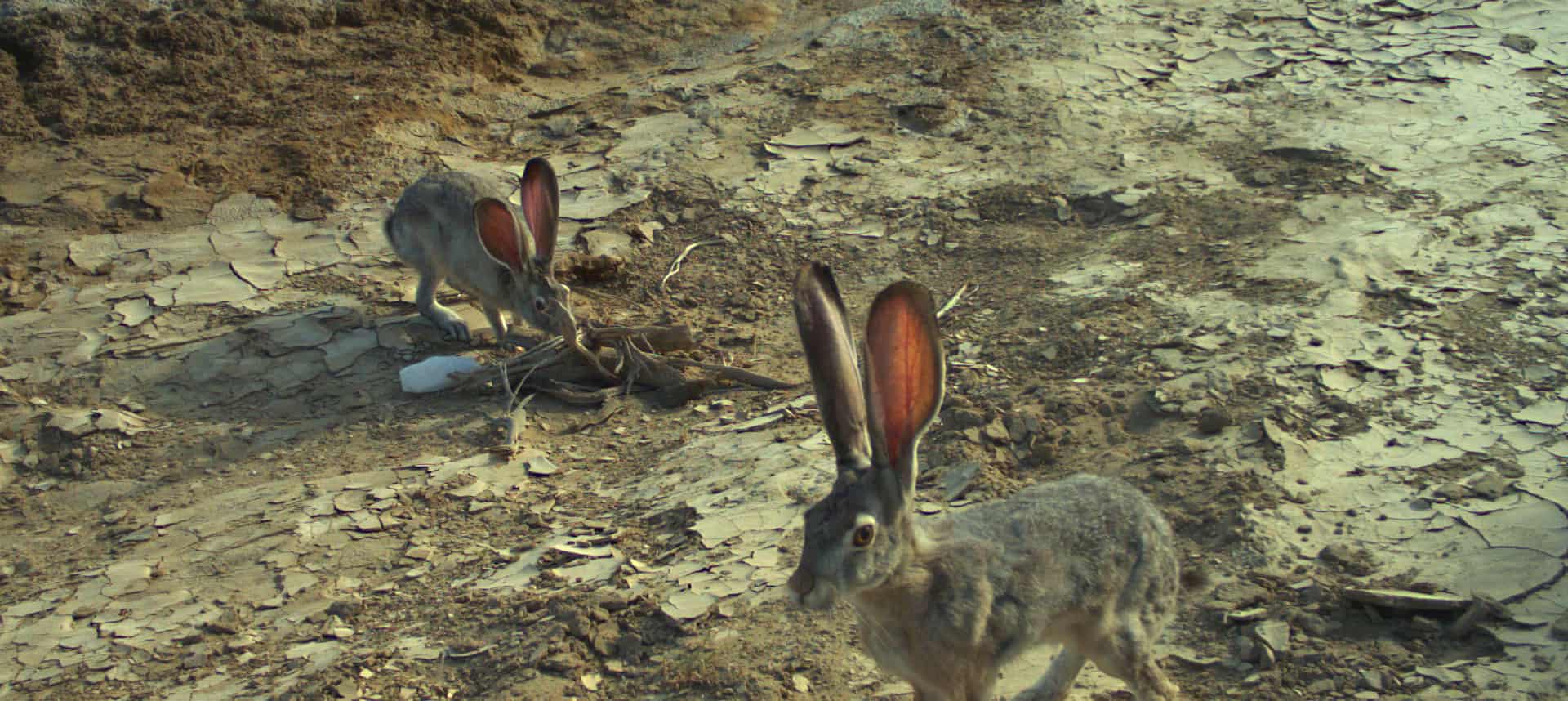
©California Department of Fish and Wildlife
The researchers surveyed sites between March and July in 2016 and again in 2017, placing sound recording devices that tuned in at key times each day such as around sunrise, sunset and overnight.
The researchers captured 5,760 detections of 44 wildlife species using both camera traps and acoustic detections. These included 28 bird species, nine land mammals and seven bat species. Black-tailed jackrabbits (Lepus californicus, pictured above), canyon bats (Parastrellus hesperus), and black-throated sparrows (Amphispiza bilineata) were the three most detected species, according to the research.
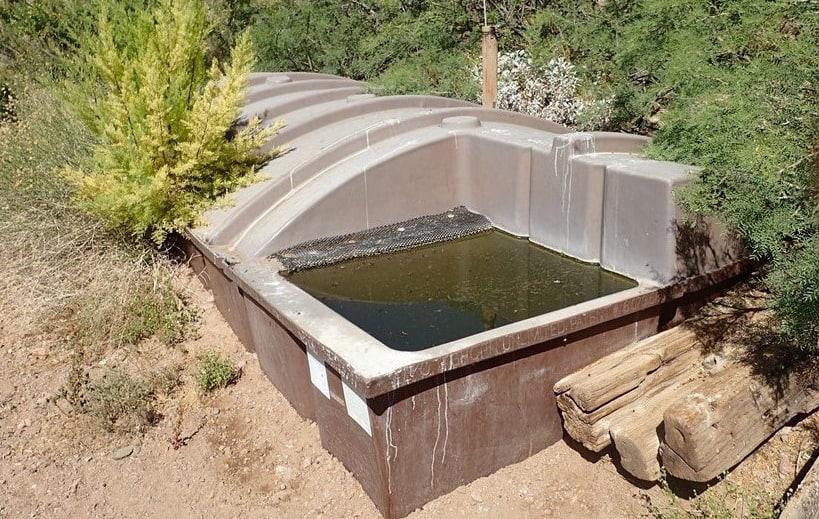
©California Department of Fish and Wildlife
The team looked at two common types of artificial water catchments on the landscape. They surveyed the area around 12 big-game guzzlers, pictured above. These troughs collect rainwater falling from the steep sides of cliffs or ravines and store them in an above-ground tank with a small area that animals can drink from.
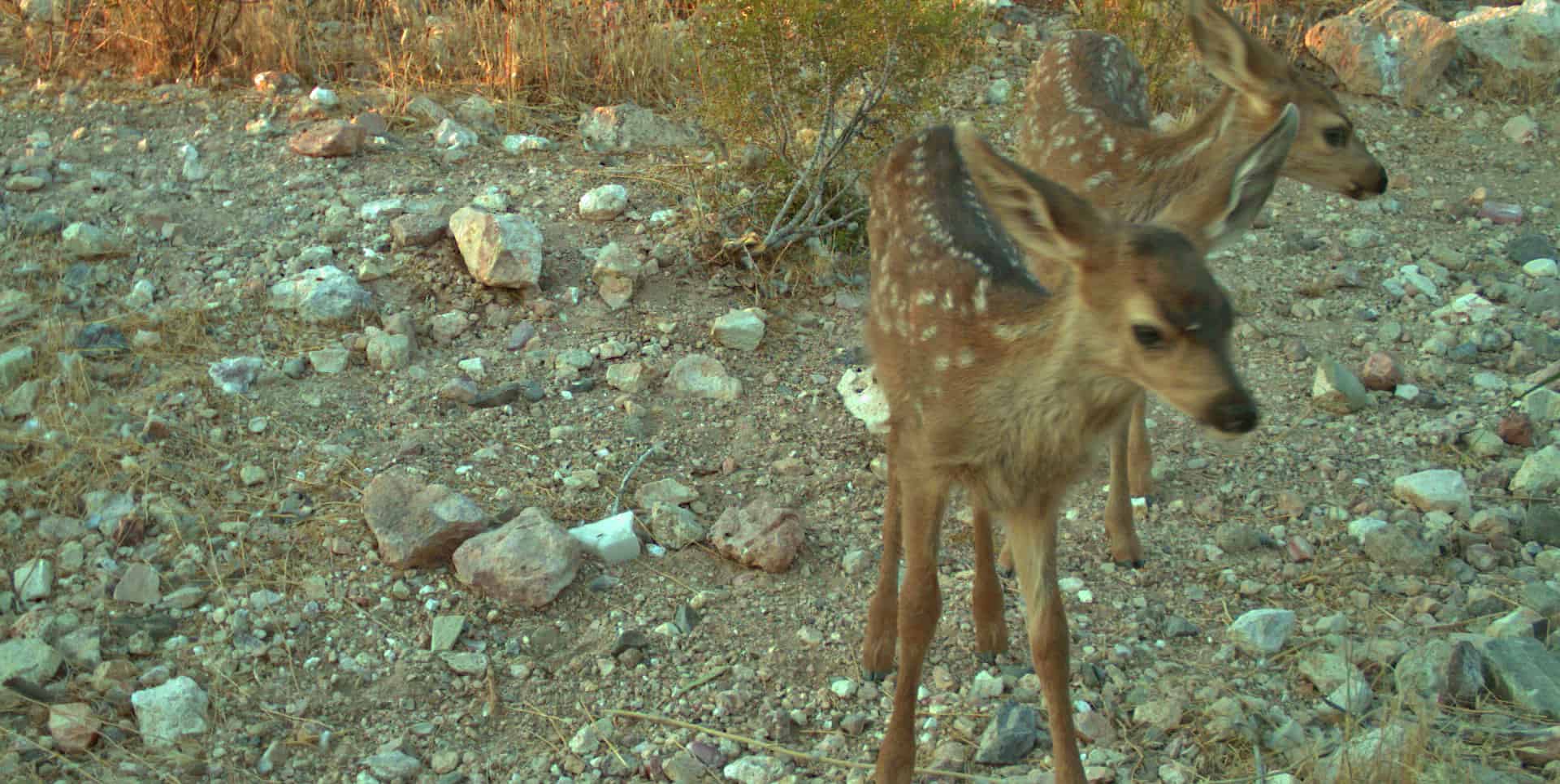
©California Department of Fish and Wildlife
True to its name, big-game guzzlers mostly attracted bigger game animals like bighorn sheep and mule deer (Odocoileus hemionus) pictured above.
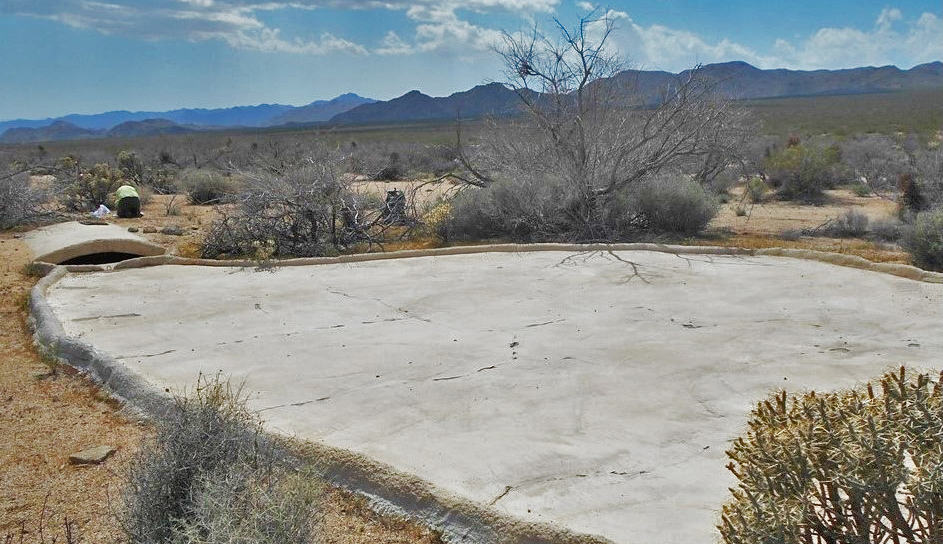
©California Department of Fish and Wildlife
The researchers also surveyed 40 areas around underground guzzlers. These structures collect rainwater, which falls onto a large flat concrete surface, and funnel it into an underground tank accessible by smaller animals like birds or rabbits via a descending ramp.
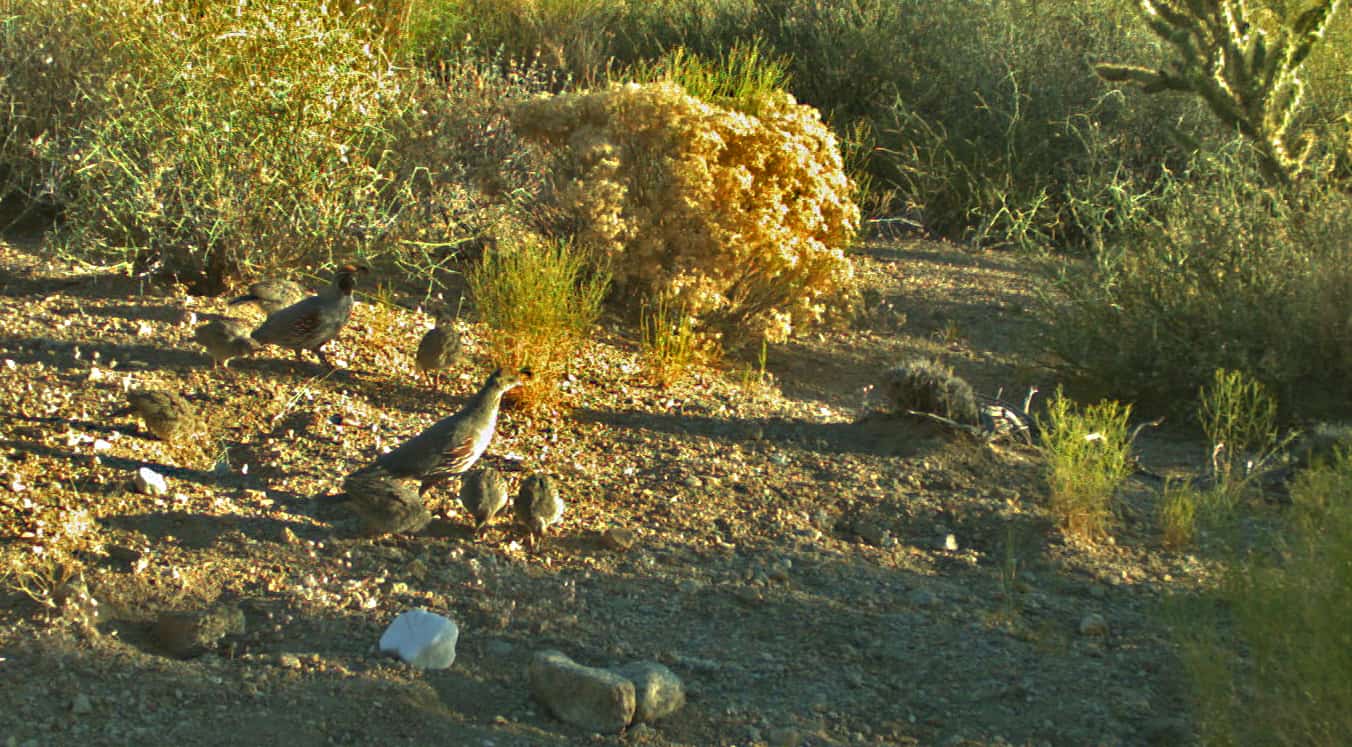
©California Department of Fish and Wildlife
The researchers found that many of the species had positive associations with the water catchments, including Gambel’s quail (Callipepla gambelii), pictured above; mourning doves (Zenaida macroura); verdins (Auriparus flaviceps); black-tailed gnatcatchers (Polioptila melanura); Audubon’s cottontail (Sylvilagus audubonii) and the Mexican free-tailed bat (Tadarida brasiliensis).
“Our work shows that these artificial water catchments were positively associated with a diversity of species, both game and nongame,” said Rich, who was a postdoctoral researcher at the University of California, Berkeley while conducting this research.
The only species that didn’t show a positive association with the guzzlers was the horned lark (Eremophila alpestris).
“Given horned larks prefer open and barren habitat, their negative association was likely a consequence of the landscapes surrounding the artificial water catchments versus the structures themselves,” Rich said. “Also, they may not require free water if they’re meeting their water demands by consuming insects and seeds.”
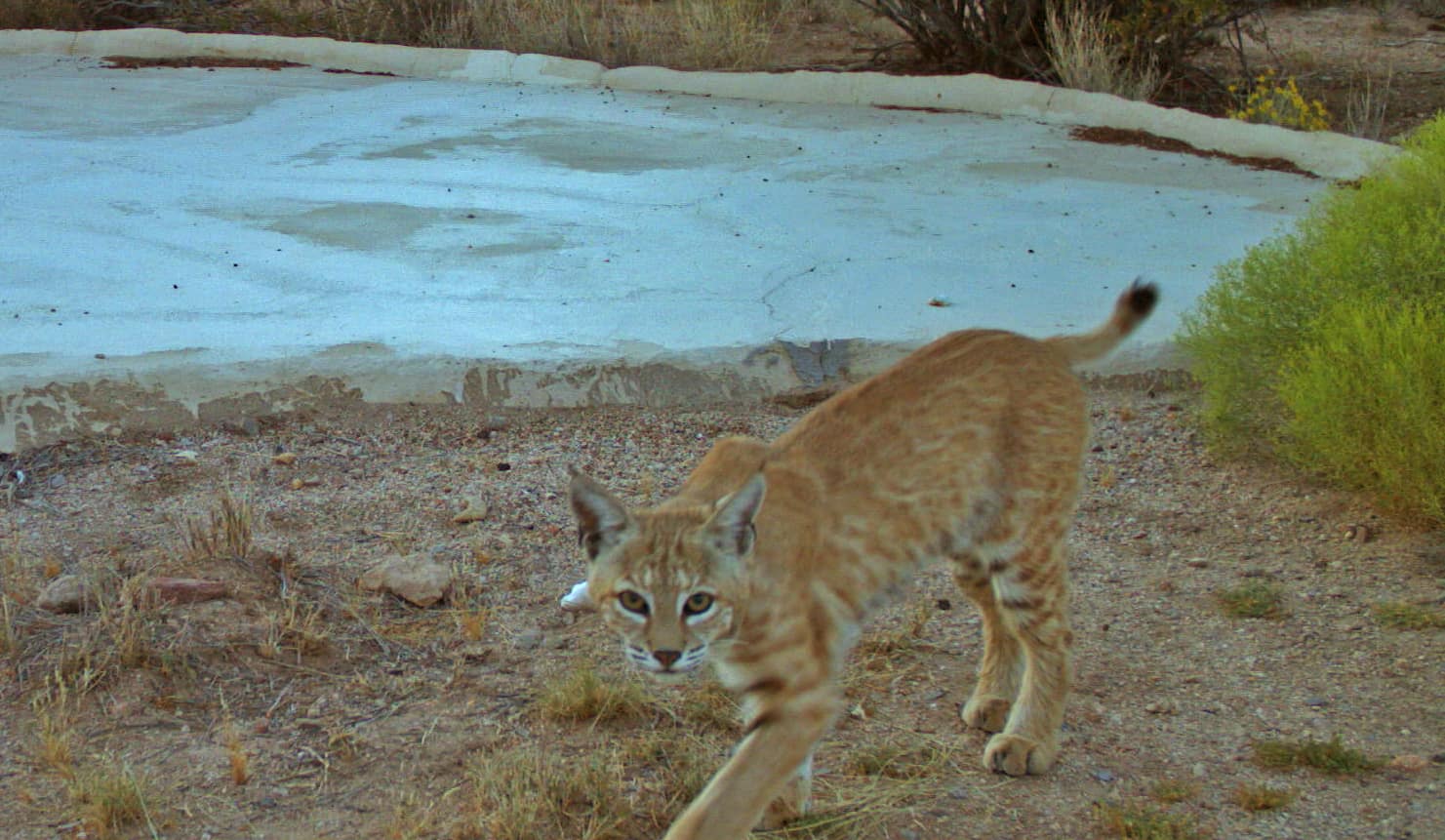
©California Department of Fish and Wildlife
The researchers also found that the presence of dominant predators like bobcats (Lynx rufus), pictured above, and coyotes (Canis latrans) had a damper effect on the appearance of smaller predators.
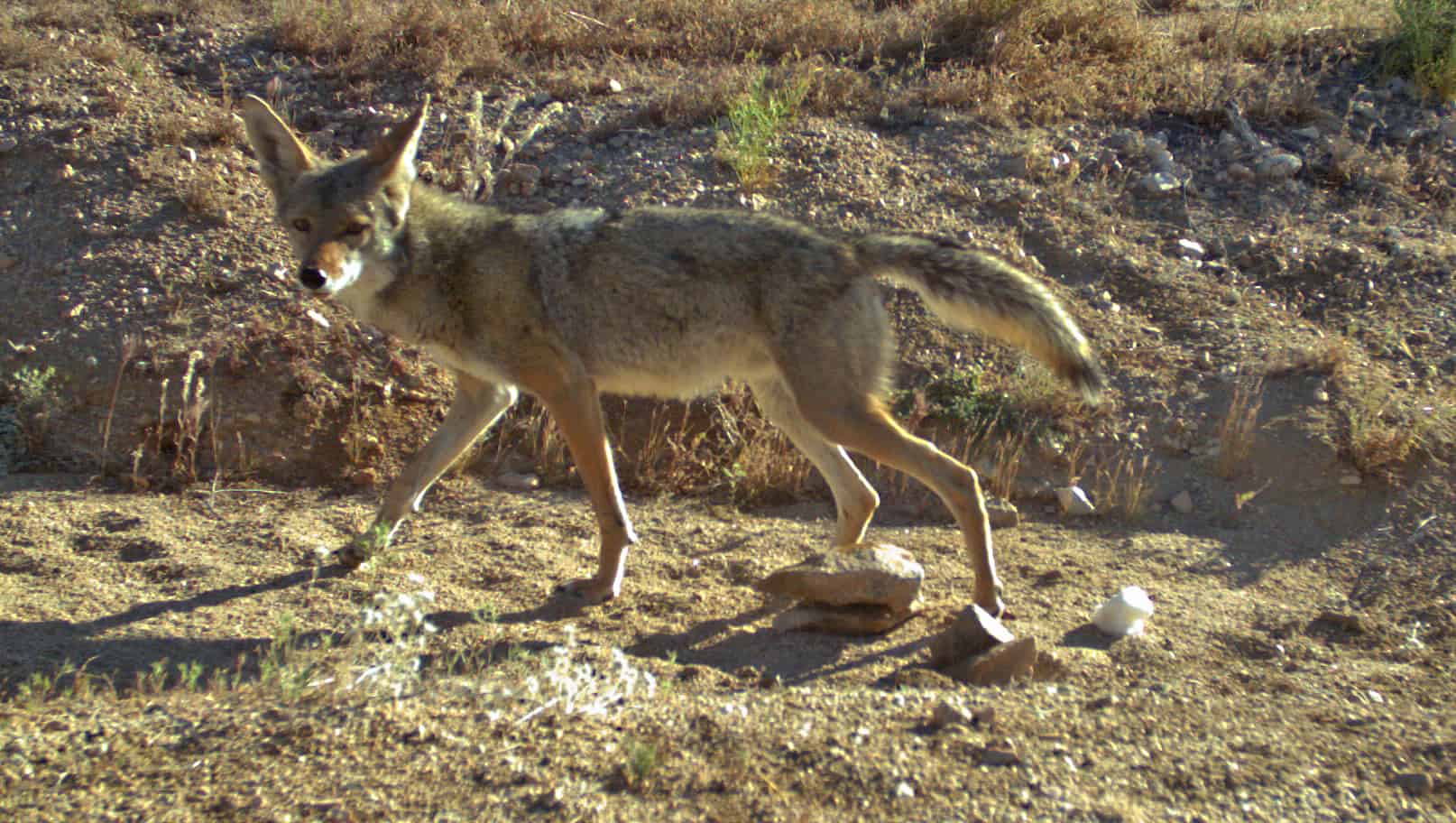
©California Department of Fish and Wildlife
Gray foxes (Urocyon cinereoargenteus) or kit foxes (Vulpes macrotis) appeared much more often at troughs that weren’t visited as much by the coyotes, picture above, and bobcats.
Rich said future studies need to be conducted to figure out whether wildlife is surviving longer when these catchments are around. But one thing is certain, according to researchers — existing catchments should be maintained. “A lot of these water catchments are on the older side,” Rich said.
This will become even more important as increasing urban and energy development draws more scarce water resources from the desert and climate change contributes to dryer conditions, she said.
This photo essay is part of an occasional series from The Wildlife Society featuring photos and video images of wildlife taken with camera traps and other equipment. Check out other entries in the series here. If you’re working on an interesting camera trap research project or one that has a series of good photos you’d like to share, email Joshua at jlearn@wildlife.org.
This article features research that was published in a TWS peer-reviewed journal. Individual online access to all TWS journal articles is a benefit of membership. Join TWS now to read the latest in wildlife research.
Header Image:
A bighorn sheep visits an artificial water catchment in the Mojave Desert.
©California Department of Fish and Wildlife



